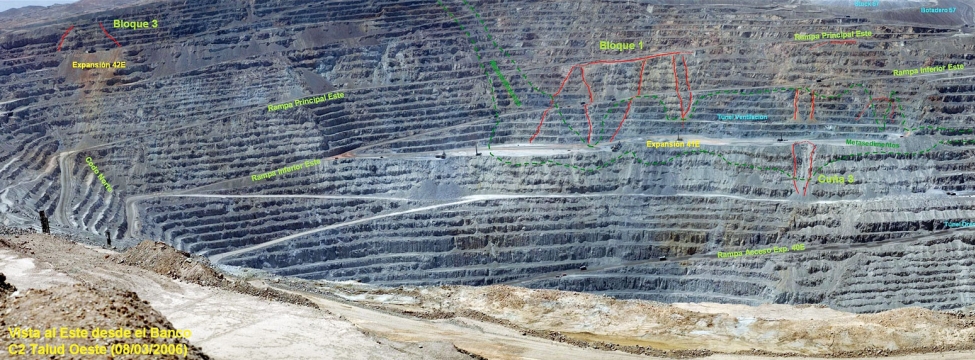To serve you better, our new website displays information specific to your location.
Please visit the site and bookmark it for future use.
Risk aware!!!
The word “risk” is widely used when people perceive a hazardous event, resulting in widely different perceptions of risk. The technical definition of risk as used in geotechnical engineering is:
Risk = P(event) x Consequences.
Slope design for large open-pit mines presents unique challenges to the engineer that are captured in the oft-quoted maxim that “the objective is to have the slope fail the day after the last truckload of ore leaves the pit rim”. This infers that the maximum benefit has been extracted from the mineral resource. The engineer, however, has to provide a design that is functional and economic at an acceptable risk. The great attraction of the geotechnical discipline is that it relies on different engineering, geological and hydro-geological disciplines to achieve the stated objectives.
Uncertainty and variability of properties within a rock mass provides the first challenge: How much data do we need to adequately describe the rock mass properties? Codes for data adequacy have been established for the minerals industry to define the geological certainty. SRK has used that same logic and applied it to geotechnical data, since this is also derived from the geological environment. Early in the study program, geotechnical data requirements for different study levels can be defined using logic diagrams to determine the relative importance of different parameters. Effort and cost can then be focused on the more critical parameters, instead of the common “populate the database” procedures.
This approach to geotechnical data collection has provided a rigorous process that allows exploration programs to be rationalised and cost-justified. While experienced judgment, embraced in the definition of the competent person, remains the anchor to success, the process suggested enhances such judgment decisions.
Benchmarking data and processes against practical experience of slope performance is of paramount importance for defining the different levels of confidence, namely, levels that are measured, indicated and inferred. SRK has embarked upon a systematic recording of information quality at different sites onto data templates to improve the estimates of data required for different classes of geological complexity.
These issues lie at the core of the engineer’s ethos to produce a design that can be termed functional and economic at an acceptable risk. For this reason, risk valuation in geotechnics must be upgraded to a quantified status as practiced in other engineering disciplines. SRK has adopted this concept of risk engineering, instead of risk assessment that follows after the engineering design.
Oskar Steffen: osteffen@srk.co.za
|
You can download a PDF of the entire |
PDF
A4 |
PDF
Letter |
|
|
|
Our newsletters focus on specific areas of interest to earth resource professionals and clients. Each is available as an Adobe Acrobat PDF file. If you don't already have Adobe's PDF reader, you can download it free.
![]()


